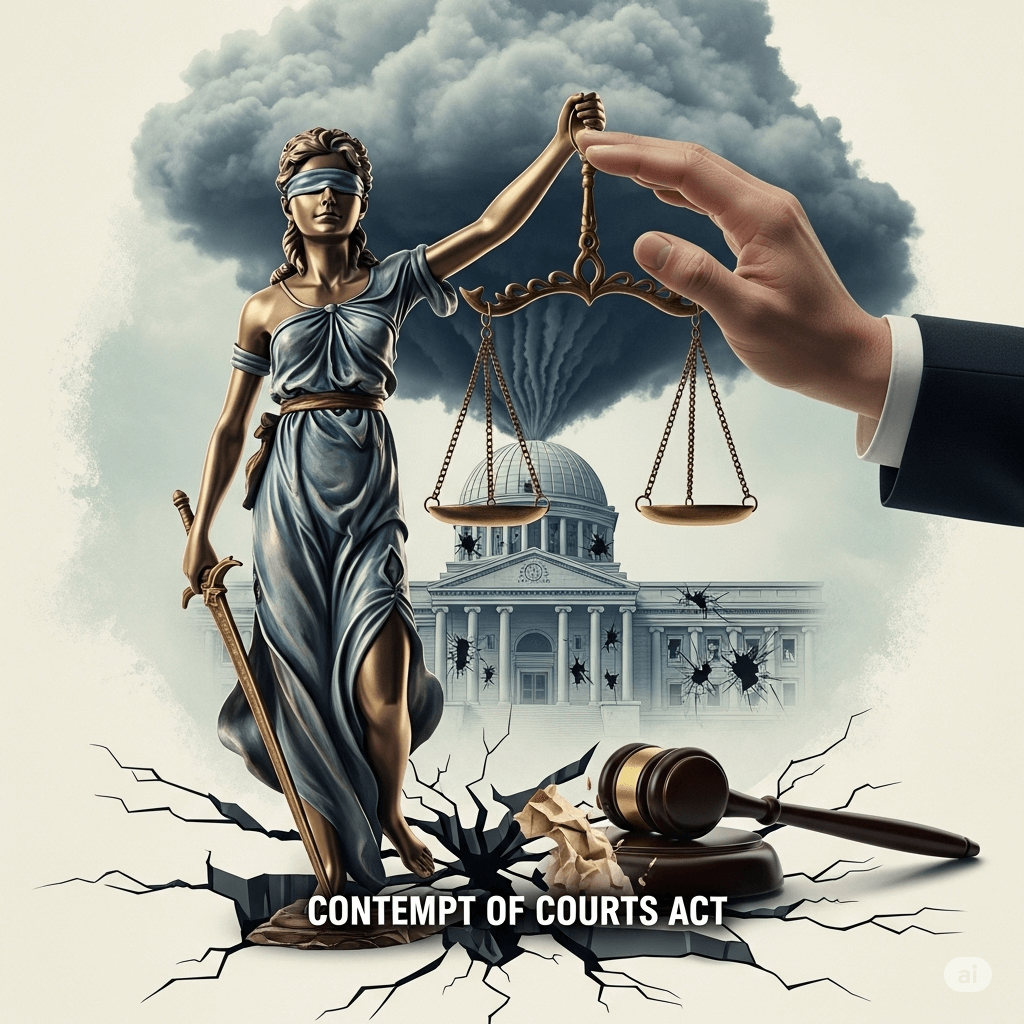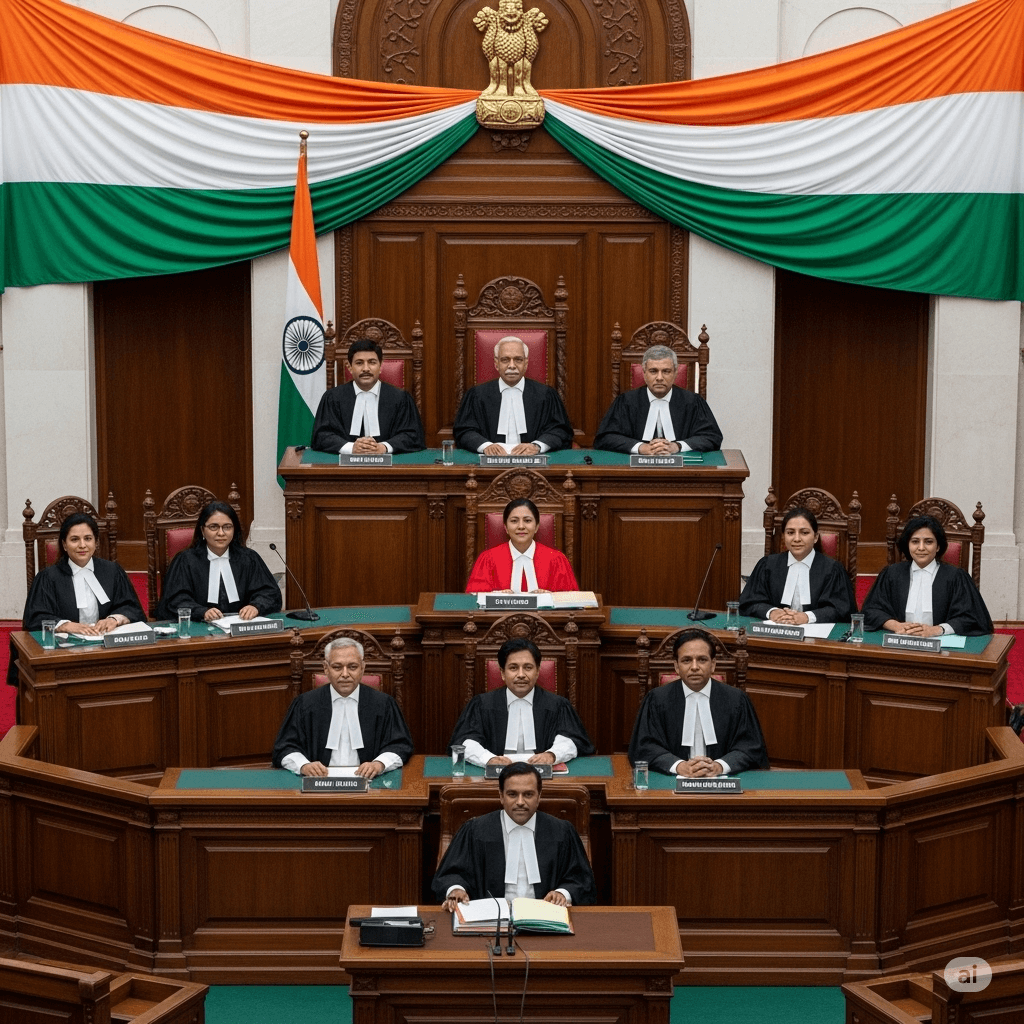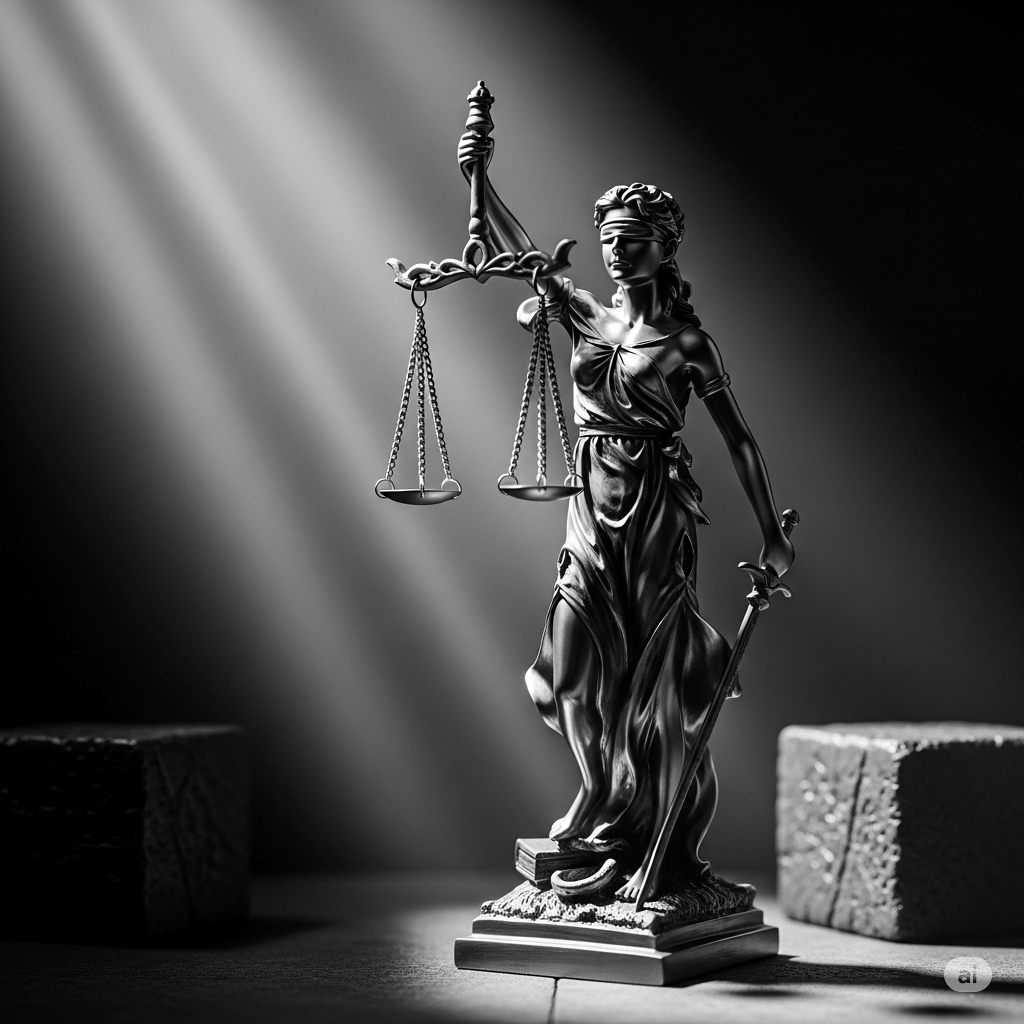
The judiciary is a pillar of India’s democratic framework, entrusted with upholding justice and the rule of law. However, its ability to function impartially hinges on public trust, which thrives on transparency and accountability. The Contempt of Courts Act, 1971, particularly Sections 2(c)(i), 14, 16, and 17(5), stifles legitimate criticism, undermines fundamental rights, and shields the judiciary from scrutiny. These provisions, rooted in colonial jurisprudence, are at odds with India’s constitutional ethos.
The Contempt Law: A Barrier to Free Speech

Section 2(c)(i) of the Contempt of Courts Act defines “criminal contempt” as any act that “scandalizes or tends to scandalize, or lowers or tends to lower the authority of, any court.” This vague and expansive wording empowers courts to penalize criticism of judicial conduct, even when fair and constructive, violating Article 19(1)(a) of the Constitution, which guarantees freedom of speech. In P.N. Duda v. V.P. Shiv Shankar (1988 AIR 1208), the Supreme Court clarified that “fair criticism” of judges, even if fierce, is a “necessary right” and not contempt, provided it lacks malice. However, the broad scope of Section 2(c)(i) enables its misuse to silence dissent, creating a chilling effect on public discourse.
The law’s origins lie in colonial-era efforts to protect judicial authority in undemocratic settings. In contrast, modern democracies have moved away from such restrictive measures. In McLeod v. St. Aubyn (1899 AC 549), the UK declared contempt by scandalizing obsolete, noting that courts should rely on public respect earned through impartiality. The UK’s Contempt of Court Act, 1981, and its 2013 abolition of scandalizing contempt under the Crime and Courts Act reflect this shift. Similarly, in the United States, Bridges v. California (1941, 314 U.S. 252) prioritized free speech, allowing robust judicial criticism under the First Amendment. Civil law countries like France and Germany lack equivalent contempt laws, administering justice effectively without stifling speech.
Legal scholar Dr. Anirudh Prasad, in his analysis of contempt laws, argues that India’s retention of scandalizing contempt is an anachronism that isolates the judiciary from democratic scrutiny. The Law Commission of India’s 2018 report (Report No. 274) recommended narrowing contempt to exclude this offense, aligning with global trends. Yet, in India, citizens face prosecution for questioning judicial decisions, while other democratic institutions, like Parliament, tolerate robust criticism, highlighting a paradoxical hierarchy.
Judges as Prosecutors: A Breach of Natural Justice

Sections 14 and 16 exacerbate the Act’s flaws by allowing courts to initiate contempt proceedings summarily and permitting judges to punish contempt of their own courts. This violates the cardinal principle of natural justice, nemo debet esse judex in propria causa (no one should be a judge in their own cause). In C.K. Daphtary v. O.P. Gupta (1971 AIR 1132), the Supreme Court cautioned that contempt powers must be exercised with restraint to avoid perceptions of bias. However, Section 16, which holds judges accountable for contempt of their own courts, is rarely enforced against higher judiciary judges, undermining Article 14’s guarantee of equality before the law.
In Re: S. Mulgaokar (1978 AIR 727), Justice Krishna Iyer warned that frequent use of contempt powers portrays the judiciary as oversensitive, eroding public trust. He emphasized that judicial dignity is best preserved through restraint and impartiality, not coercion. The case of Subrata Roy Sahara v. Union of India (2014, 8 SCC 470) further underscored the need for judicial impartiality, noting that perceptions of bias damage credibility. Yet, instances where higher courts initiate contempt proceedings for minor criticisms—often requiring public apologies—suggest an intolerance that alienates citizens. Uniform application of Section 16 to all judges, regardless of court stature, is critical to uphold fairness and equality.
Self-Incrimination and Procedural Unfairness

Section 17(5) allows courts to decide contempt cases based on affidavits from the accused, effectively shifting the burden of proof onto them. This contravenes Article 20(3), which protects against self-incrimination, and the maxim nemo tenetur seipsum accusare (no one shall be compelled to bear witness against themselves). In M.S. Sheriff v. State of Madras (1954 AIR 397), the Supreme Court stressed that criminal proceedings, including contempt, must adhere to fair trial principles. Requiring the accused to disprove their guilt inverts this principle, rendering Section 17(5) constitutionally suspect.
The provision’s roots in medieval canon law, where confessions were coerced, highlight its incompatibility with modern criminal jurisprudence. Legal historian William Maitland described contempt as a sui generis jurisdiction, but its criminal nature demands adherence to due process. The Indian Penal Code and Code of Criminal Procedure place the burden of proof squarely on the prosecution, a standard that Section 17(5) undermines. Reforming this provision to align with Article 20(3) is essential to ensure procedural fairness.
The Democratic Cost of Contempt Laws
The contempt law’s in terrorem (in terror) effect, as Justice Krishna Iyer described, stifles public discourse about the judiciary. In Special Reference No. 1 of 1964 (AIR 1965 SC 745), Chief Justice P.B. Gajendragadkar urged cautious use of contempt powers, noting that judicial dignity is earned through “fearlessness, fairness, and objectivity,” not punitive laws. The absence of critical literature, media, or art about the judiciary in India—unlike in the UK, where Charles Dickens’ Bleak House openly critiqued courts—reflects this fear. Justice Ruma Pal, in her article “The Seven Deadly Sins of Judges,” warned that intolerance to criticism erodes judicial credibility, fostering perceptions of bias or favoritism.
The law’s impact extends beyond individuals to society at large. As U.S. Justice Felix Frankfurter observed, shielding courts from criticism treats citizens as “children unable to accept the shortcomings of man-made institutions.” In India, where citizens can freely criticize the Prime Minister or Parliament, the judiciary’s insulation creates a democratic anomaly. The Law Commission’s 2018 report noted that contempt laws deter constructive feedback, hindering judicial reforms. Globally, jurisdictions like Canada and Australia have curtailed contempt powers, focusing on protecting court proceedings rather than judicial egos, offering models for India.
A Path to Reform

To align the Contempt of Courts Act with constitutional principles, the following reforms are proposed:
- Invalidate unconstitutional provisions: Sections 2(c)(i), 14, 16, and 17(5) should be declared void for violating Articles 14, 19, and 20(3). Striking down “scandalizing the court” would protect free speech while preserving contempt for willful disobedience.
- Ensure uniform accountability: Section 16 must apply equally to all judges, preventing distinctions between superior and subordinate courts, as supported by C.K. Daphtary.
- Safeguard against self-incrimination: Section 17(5) should be reinterpreted to comply with Article 20(3), placing the burden of proof on the prosecution, aligning with M.S. Sheriff.
- Create an independent mechanism: Parliament should establish a neutral body, such as a judicial ombudsman, to handle contempt cases, ensuring judges do not act as prosecutors in their own cause. The Judicial Standards and Accountability Bill, 2012, proposed similar mechanisms.
These reforms, grounded in precedents like P.N. Duda and Re: S. Mulgaokar, aim to foster a judiciary that earns respect through transparency and fairness. The UK’s 2013 reform and Canada’s limited contempt framework demonstrate that justice thrives without repressive laws.
Conclusion
The Contempt of Courts Act, 1971, in its current form, is a colonial relic that undermines India’s democratic ethos. By stifling free speech, enabling judicial bias, and inverting fair trial principles, it isolates the judiciary from the people it serves. Landmark judgments like P.N. Duda, Re: S. Mulgaokar, and Special Reference No. 1 of 1964, alongside global practices, underscore the need for reform. As Lord Denning stated, courts must rely on the “surer foundations” of public trust, not coercive laws. India must modernize its contempt laws to align with constitutional values, ensuring a judiciary that is accountable, transparent, and truly just.

